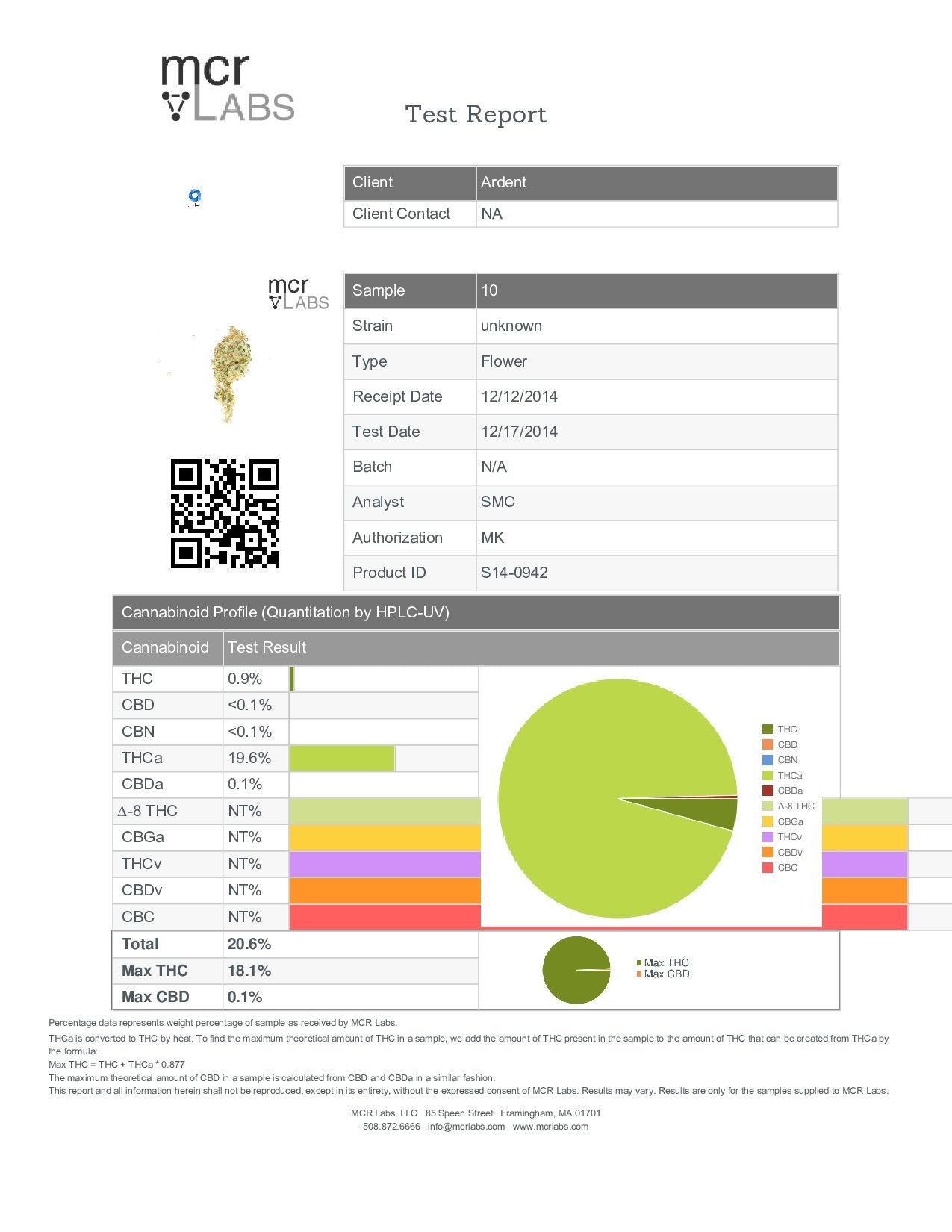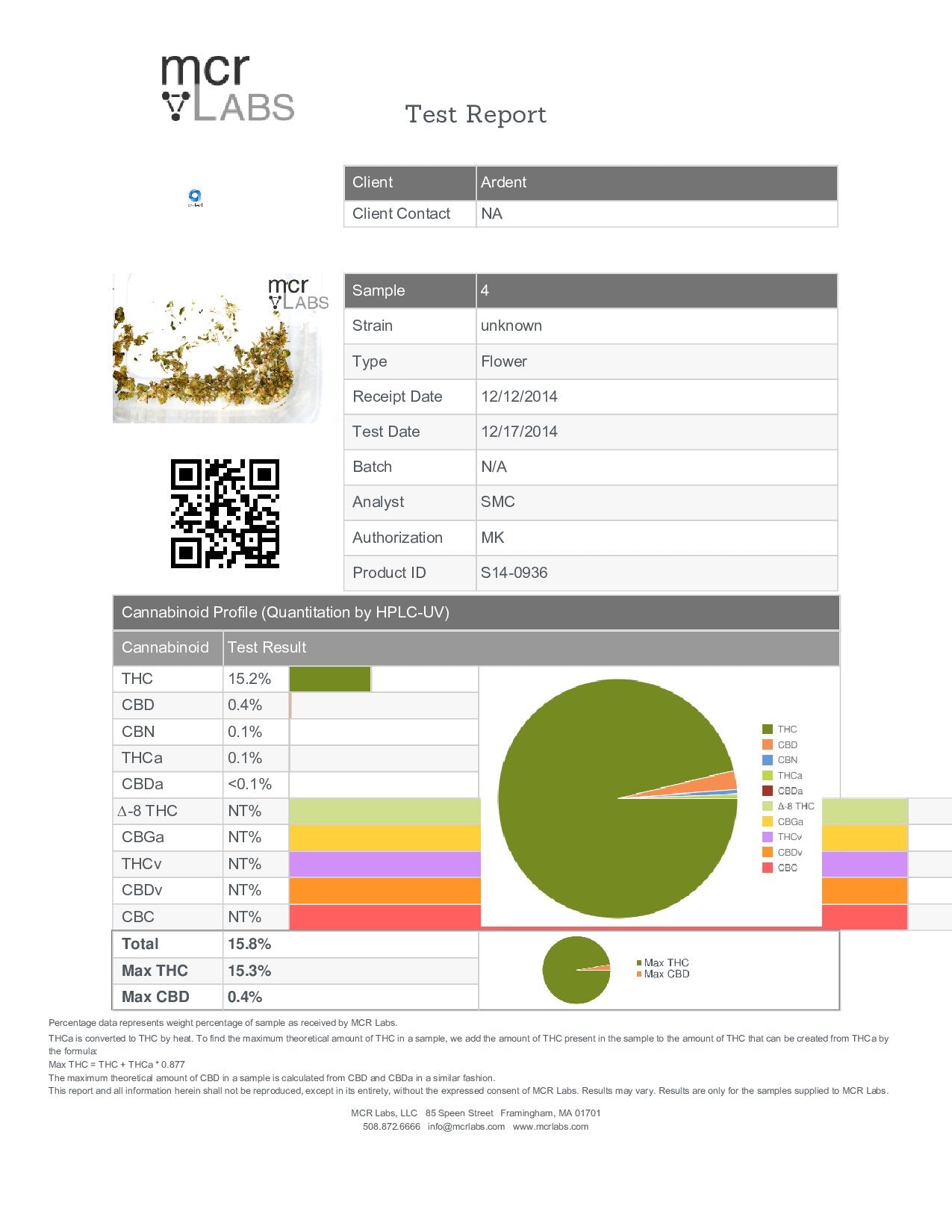Comparison of Oven, Toaster Oven, and Nova Decarb
When it comes to decarboxylating cannabis, there’s a lot of false information out there. If you’re looking to make lotions, tinctures, and other cannabis products at home, whether you’re using kief, concentrate, cannabis flower, or other plant materials, it’s important to know which decarb process fits your lifestyle and needs.
Here at Ardent, we partner with MCR Labs to apply scientific research to cannabis, allowing you to replicate the very best methods out there – from the comfort of your home at a fraction of dispensary pricing. High-quality cannabis and CBD products are more accessible than you might think!
We tested 3 methods of decarboxylation to understand exactly how much THC was activated during each decarb process.
- Raw cannabis flower (control)
- Decarb using a traditional oven
- Decarb using a toaster oven
- Decarb using the Nova Decarboxylator
This article will present our findings.


TABLE OF CONTENTS
Test #1 – Traditional oven decarb
What it is
The oven decarb is a classic. If you’re making cannabutter for the first time, understandably, a traditional oven may be the only thing around to help you get started.
How to do it
Pre-heat your oven to 240 degrees Fahrenheit. Put a sheet of parchment paper over your baking sheet, and loosely grind your cannabis over top. Place it on the middle rack of the oven and remove it after 40 minutes.
Results
When decarbing flower with a max potential of 18.1% THC in the oven, the max potential for conversion is 15.3%. Though ovens can definitely do the trick, they aren’t made for decarbing, and don’t generally have the precision to convert THCA into THC completely with no loss. The oven decarb process is likely to cause your home to smell like cannabis, so it’s not advisable for those seeking a discreet method of decarboxylation.


Test #2 – Toaster oven decarb
What it is
The toaster oven is another common household appliance that can be used to decarb in a crunch.
How to do it
Set your toaster oven to 220 degrees Fahrenheit, and place your ground up plant material on parchment paper in the oven for 60 minutes.
Results
With our cannabis flower starting with a max potential of 18.1% THC, our toaster oven has a max potential of 12.2% activation. There is a significant amount of cannabinoid activation loss using both this method and the traditional oven method, either through degradation or failing to activate the plant material entirely. This is also not a smell-proof method, so take extra precaution.


Test #3 – Ardent Nova decarb
What it is
The Ardent Nova decarboxylator is a precision device created to maximize the potential of your cannabinoids by fully activating your plant material. It fits up to two ounces of plant material at a time, and can sit discreetly among other kitchen appliances on your countertop.
How to do it
The Ardent Nova decarboxylator is a one step process. Simply plug in your unit, place your plant material inside the device, place the smell-proof silicone portion over top, and secure the lid. Press the button. When the button turns green again, your plant material is fully decarbed and ready for infusion.
Results
With a max potential of 18.1% THC in our flower, the Nova had a max activation potential of 17.9%. Once you’ve decarbed your plant material, infuse your material using the magical butter machine, or in the infusion device of your choice. The Ardent Nova decarboxylator also acts as an infuser on its own – simply slide our silicone infusion sleeve into your lift after decarbing your plant material, add the carrier oil of your choice, and run it for an additional cycle. Medical marijuana has never been easier.
| Type of Sample | Max Potential THC | |
|---|---|---|
| Control | Fresh Flower (NOT decarbed) | 18.1% |
| Test #1 | Oven Decarb 240F for 40min | 15.3% |
| Test #2 | Toaster Oven Decarb 220F for 60min | 12.2% |
| Test #3 | Nova Prototype Decarb | 17.9% |
Conclusion – What’s the BEST method to decarb weed?
The testing above demonstrates how decarboxylating in the oven and toaster oven leads to significant loss of THC. Results using the same temp settings in a different oven could just have easily shown a failure to fully convert THCA. Both instances lead to waste, through degradation or remaining inactive material, respectively. The overarching point: ovens aren’t constructed to maintain the precision in temp needed for a full and protective decarb, but instead swing above and under the tight parameters required for complete conversion with no loss. While there may be some achieving good results after significant trial and error, monitoring, using high-end ovens in conjunction with temperature probes and follow-up testing (and in some instances not caring that much if they are experiencing some loss), having a simple, fool proof, smell proof device that delivers lab grade decarboxylation is exactly what patients are seeking.
*Also note when reviewing that early Nova prototype achieved 95% decarboxylation. The process was further refined during development to currently deliver full (>97%) decarb each time.
Stay up to date on the latest Ardent products and research on ardentcan2019.wpengine.com.



